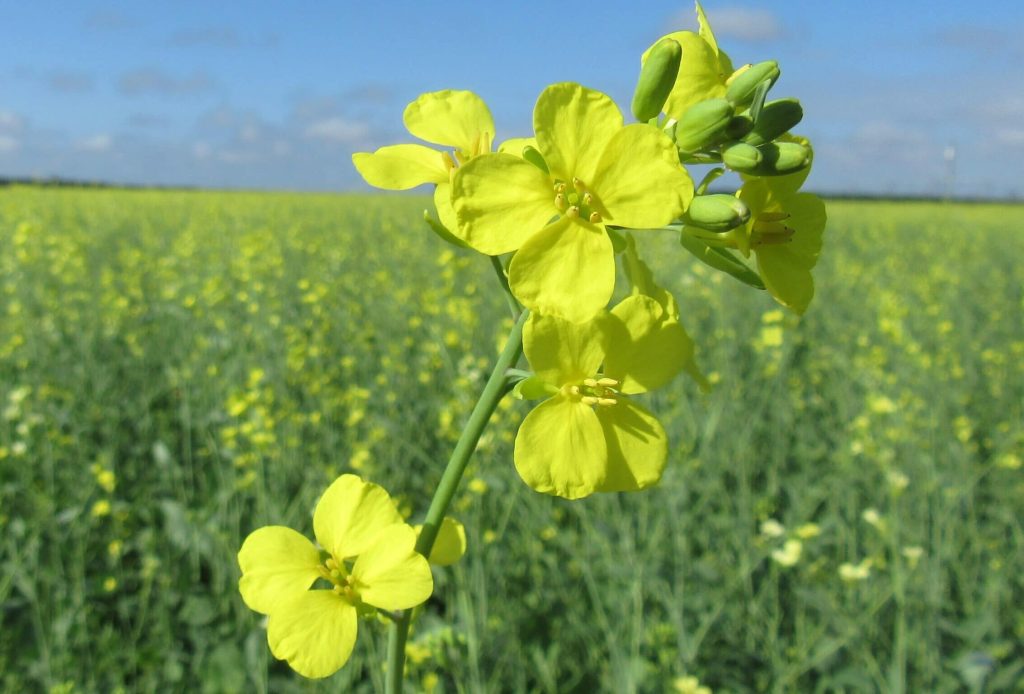Combining no till and large biomass cover crops is proven to keep carbon in the soil and is widely regarded as crucial in Greenhouse Gas (GHG) mitigation. As we face the global challenge of reducing atmospheric carbon, the world is looking to the potential of agriculture to lead substantial improvements.
Dr Keith Paustian, a Professor at Colorado State University in the Department of Soil & Crop Sciences and Natural Resource Ecology Lab, says that in an ideal world marginal lands would be made into grasslands. Grasses have a strong root system and provide long term vegetational coverage, which is known to result in high levels of carbon being sequestered into the soil (over 1 tonne, per hectare, per year).
Restoring peat and cultivated soils can also remove carbon from the atmosphere at very high rates per hectare but there isn’t the volume of land needed to be able to apply that to, to make enough of a difference.
However, what Dr Paustian does suggest is that in most cases soil carbon gains can be made simply by moving from conventional till to no till, and when this is combined with the use of cover crops, there is an even greater opportunity.
Carinata has a rapid developing root structure to support the large above ground biomass. The deep tap root is helpful in soil decompaction and nutrient uptake. As part of Nuseed’s Carbon Stewardship, production systems are designed around no till so the below ground biomass has a great ability to build soil carbon, exactly what is needed to reduce atmospheric carbon- making it an excellent solution.
Glenn Johnston, who leads Global Regulatory for Nuseed Carinata says: “By deploying carinata as a cover crop, under sustainable agricultural practices, we are able to pull more carbon out of the atmosphere and have meaningful impact on carbon accumulation in soils.”
Glenn adds, “Our commercial programs are designed to maximize GHG reduction by incentivizing farmers on conservation and sustainable agriculture practices. The production system is managed under a closed loop contract that brings growers an additional revenue source. There are benefits to the grower’s operations in terms of moisture and nutrient management, introduction of biodiversity into their crop rotation and disease and pest control through a biofumigation effect.”
This fits in well with Dr Paustian’s two stage strategy for getting agriculture to increase carbon sequestration in the soil. The first area being to ramp up the incentives with farmers to change their practices and introduce cover crops.
The second way, he suggests, is to scale up R&D activities to provide new crops that have larger and deeper roots systems or even introducing annual grains or perennial cereals. Again, Nuseed is already ahead of the game, investing heavily in R&D to find plant-based solutions, constantly pushing the capabilities of what a seed can do to solve global issues.
Watch the Soil Health Institutions Conference here.
(*Figures taken from Dr Paustian’s presentation to the Soil Health Institute in 2017)

